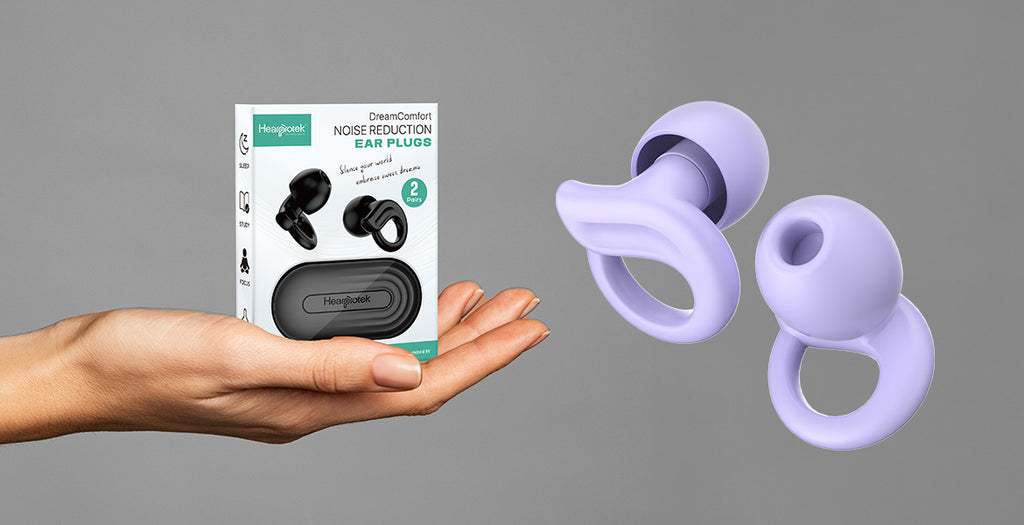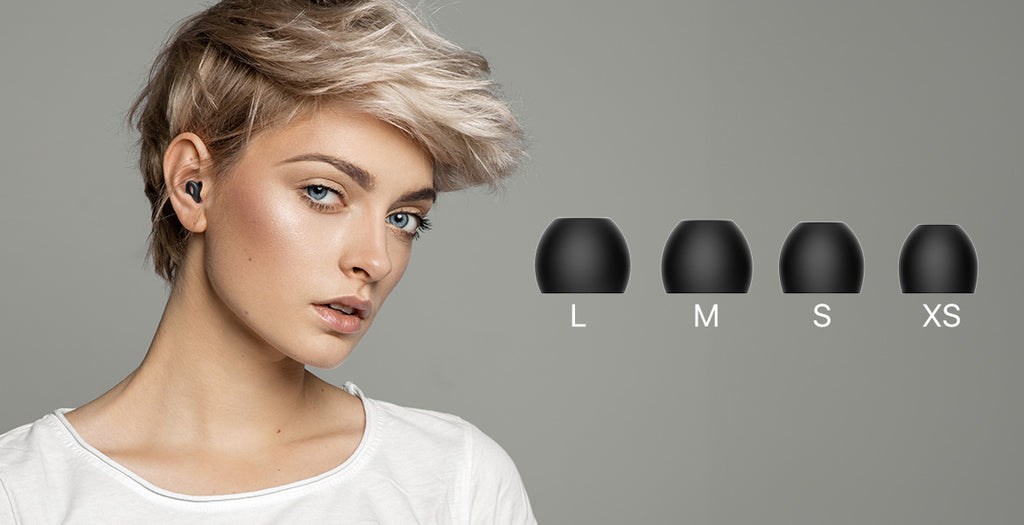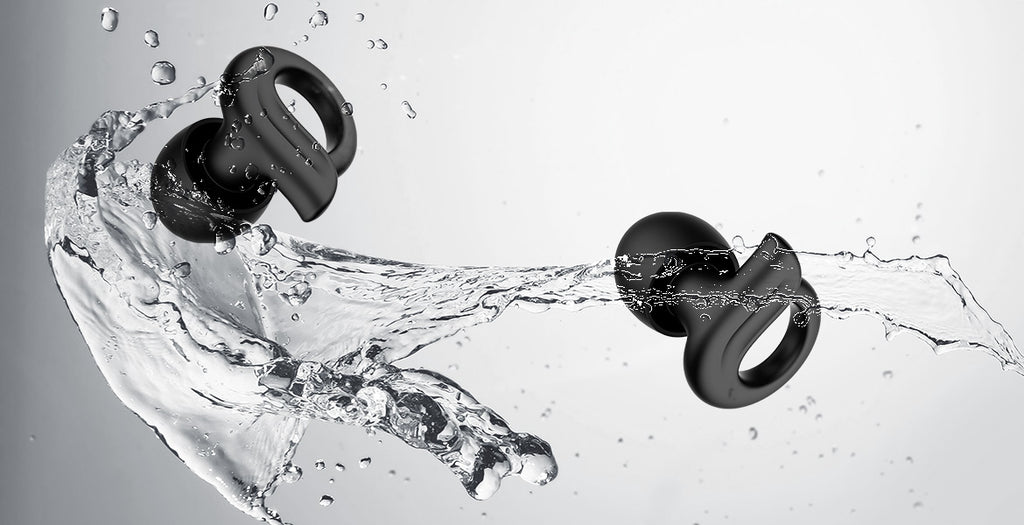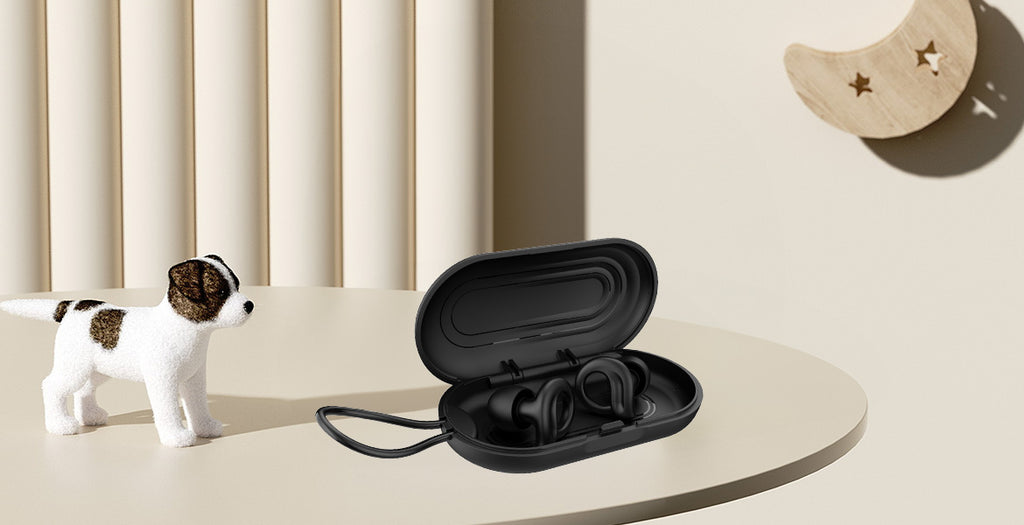Introduction
Earplugs are a simple yet highly effective method of protecting your hearing from dangerous noise levels and preventing associated hearing damage. However, to realize their full protective benefits, earplugs must be selected and used properly. Improperly worn earplugs not only fail to shield your ears from harmful noises but can worsen hearing health and function in various ways. This guide will help you use earplugs to safely block excessive noise and avoid hearing damage caused by misuse.

Why Proper Earplug Use Matters?
Before we dive into the specifics of safe earplug use, let’s look at why it’s so important in the first place. When loud noises enter your ear canal, the delicate hair cells in your inner ear can become damaged and lead to permanent hearing problems like tinnitus or difficulty hearing high frequencies. Earplugs act as a barrier to loud sounds and reduce their volume to safer levels.
If earplugs aren’t used correctly, though, you may still be exposing your ears to unsafe noise environments without realizing it. Improperly worn earplugs can lead to several issues:
- Ear Infections:
Earplugs that don’t fit right can push earwax deeper into the ear canal, causing blockages. This creates a breeding ground for bacteria and increases infection risk. Reusing old earplugs also transfers bacteria into the canal.
- Impacted Earwax:
Attempting to push ill-fitting earplugs too far into the canal can drive earwax in deeper, compressing it against the eardrum. This wax impaction requires medical removal.
- Ear Canal/Eardrum Damage:
Forcing earplugs too deep or removing them harshly can scrape and tear the thin skin of the ear canal. This abrasion is painful and slow to heal. The eardrum may also be perforated if earplugs are shoved forcefully against it.
Gaps between poorly fitting earplugs and the canal walls allow loud noises to bypass the plugs and still damage hearing. NIHL causes irreversible ringing and hearing difficulty.
- Tinnitus:
Exposure to loud sounds made worse by ill-fitting earplugs commonly causes tinnitus, a frustrating phantom ringing/buzzing in the ears. This persistent noise can severely impact focus and sleep.
- Allergic Reactions:
Some people may be allergic to certain earplug materials and experience rashes or itching with use. Hypoallergenic plugs should be selected in these cases.
As you can see, incorrectly using earplugs can negate or even worsen their intended hearing protection. Follow the tips below to insert and care for your earplugs properly.
Choosing the Right Earplugs for Your Needs

With the wide variety of earplug styles and materials available today, it’s important to select the right pair suited to your intended use case. Consider these factors when deciding on earplugs:
- For noise reduction rating (NRR), choose 15-30 for most uses. Too low and loud noises get through, and too high can over-block sounds.
- Foam earplugs are preferred to prevent ear infections, as they conform to the canal shape rather than rubbing the skin like a hard plastic can.
- Measure your canal size and consult sizing guides to find a properly fitting plug that won't get pushed too deep. Ill-fitting plugs are prone to work their way loose and fall out.
- Look for soft, smooth earplugs rated as "gentle on ears" if sleeping, since the plug stays in all night. Stiff foam can irritate the canal over time.
- Hypoallergenic silicone plugs are ideal if you have sensitive skin or known allergies. Avoid plastic models with harsh chemical odors.
Getting the Proper Fit
Fit is perhaps the most critical factor for achieving optimal noise reduction with earplugs. Follow these tips for inserting both foam and non-foam earplugs correctly:
- Foam:
- Roll and compress the whole plug into a very thin “snake” shape before inserting.
- Pull the ear up and back to straighten the canal - the earplug should slide in easily when the ear canal is straight.
- While slowly sliding the compressed foam plug into the canal, use your opposite hand to hold the plug in place until it fully expands (20-30 seconds). Don’t let go too soon.
- Plug should fit snugly with no air gaps. Do NOT push too far into the canal.
- Non-foam (silicone/plastic):
- Ensure the earplug is right side out before inserting. You can feel for larger flanges on the outer end.
- Insert the plug gently with a twisting motion until the outer flange seals against the canal entrance.
- Like foam earplugs, aim for a snug, gap-free fit without inserting too deeply into the canal.
- Hold the plug’s outer edges when inserting instead of pushing down the shaft, which can send it in too far.
For either type, the fit should feel secure but never cause sharp, stabbing pain which could indicate injury. Test the seal by cupping your hands over your ears and listening for ambient noise reduction. Re-insert if needed until obtaining a proper fit.
Ongoing Care and Precautions

To keep earplugs in optimal shape and avoid health issues:
- Never share earplugs, as earwax and bacteria transfer can lead to infection. Always use your own designated pair.
- Replace foam plugs regularly instead of attempting to wash and reuse them. Reuse reduces effectiveness.
- Clean non-foam earplugs periodically with mild soap and warm water. Let air dry completely before wearing again.
- Never insert cotton swabs, pens, or other foreign objects to push earplugs deeper into canals. This can cause abrasions or eardrum perforations.
- Give ears a break from plugs after prolonged wear to promote air circulation in the canal.
- See a doctor promptly if you experience ear pain/discomfort, drainage, rashes, or sudden hearing changes when using earplugs.
Proper Storage Between Uses
Storing earplugs incorrectly promotes buildup of bacteria, wax, and debris that leads to ear infection and impaction:
- Keep foam plugs sealed in their original case to retain shape and block particle ingress. Cases lock out contaminants.
- Store non-foam plugs in a clean, dry container to prevent the collection of moisture and earwax residue on the plug surface.
- Before re-using either style, inspect for any signs of contamination or foreign material stuck to plugs. Remove anything found with soap and water.
- Replace plugs immediately if the case or container is left open and exposed to dirt, dust, or other contaminants.
Following the Tips for Safer Use

We hope this detailed guide gives you a thorough understanding of why proper earplug use matters so greatly, and how to choose, insert, care for, and store earplugs correctly. While a simple product, there are right and wrong ways to use earplugs that impact both their effectiveness and your ear health. If you use earplugs improperly, you will negate their benefits while risking discomfort, infection, and even permanent hearing loss. Equipped with this advice, you can leverage earplugs as a key tool to defend your ears against hazardous noise.












